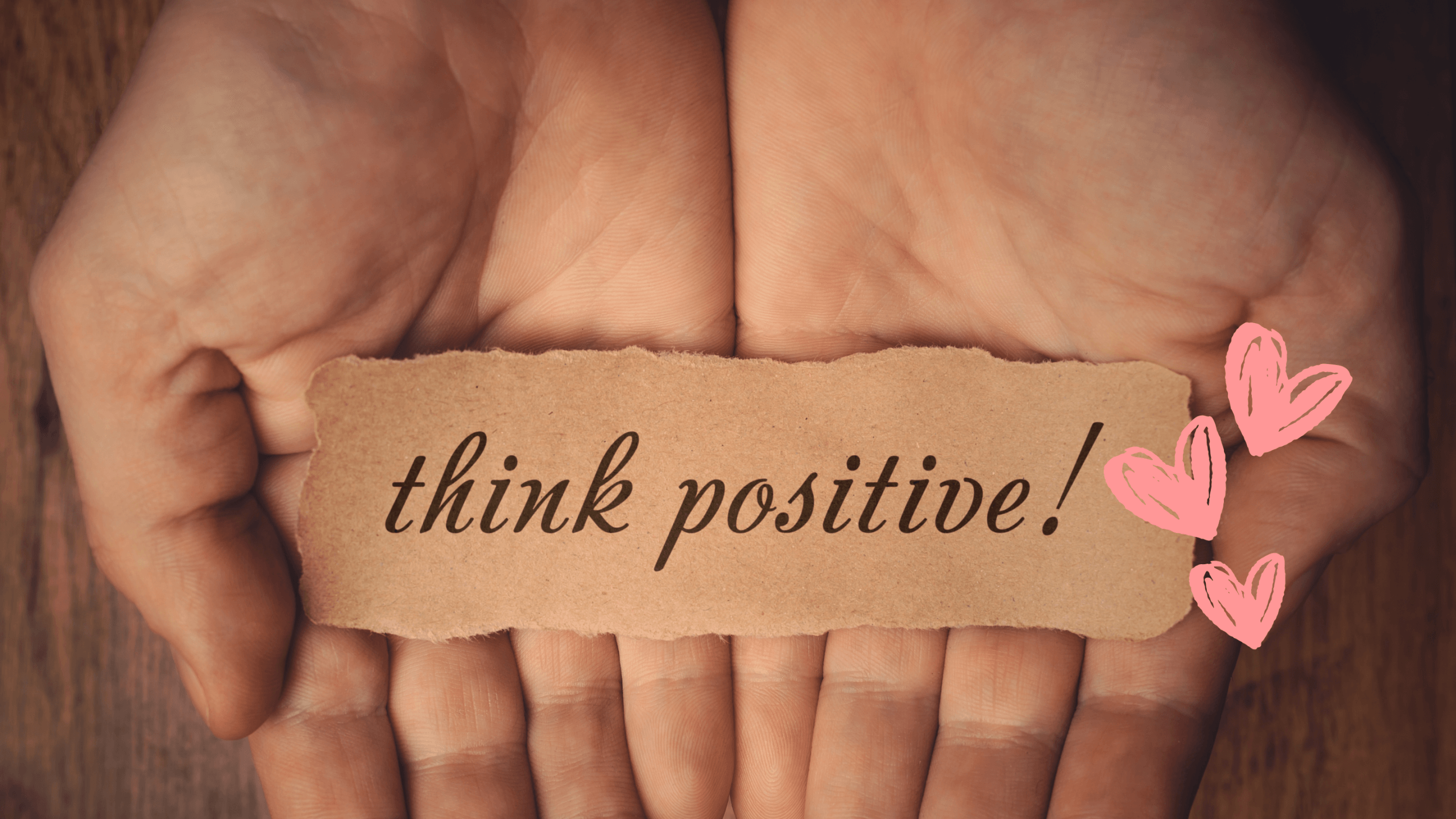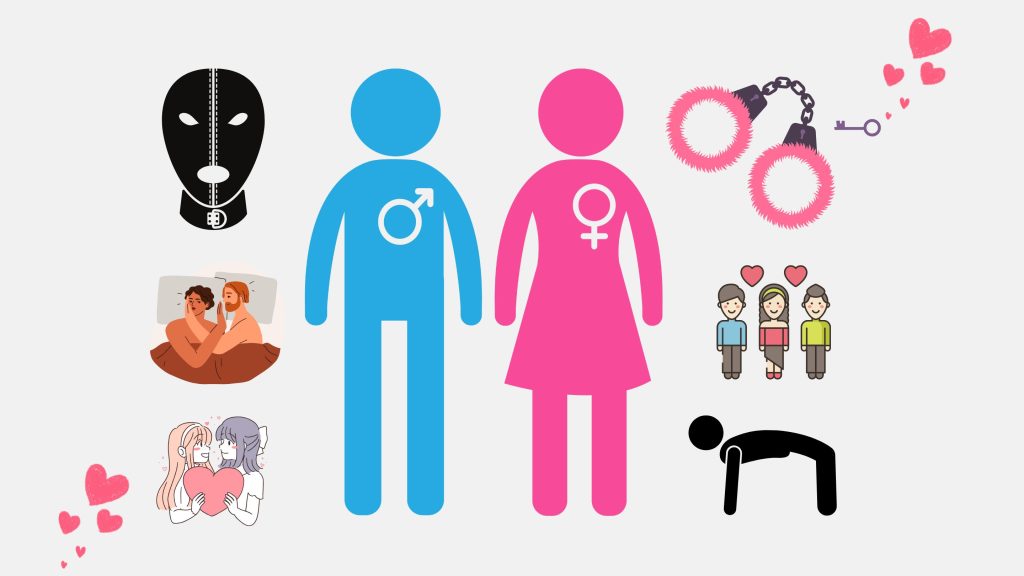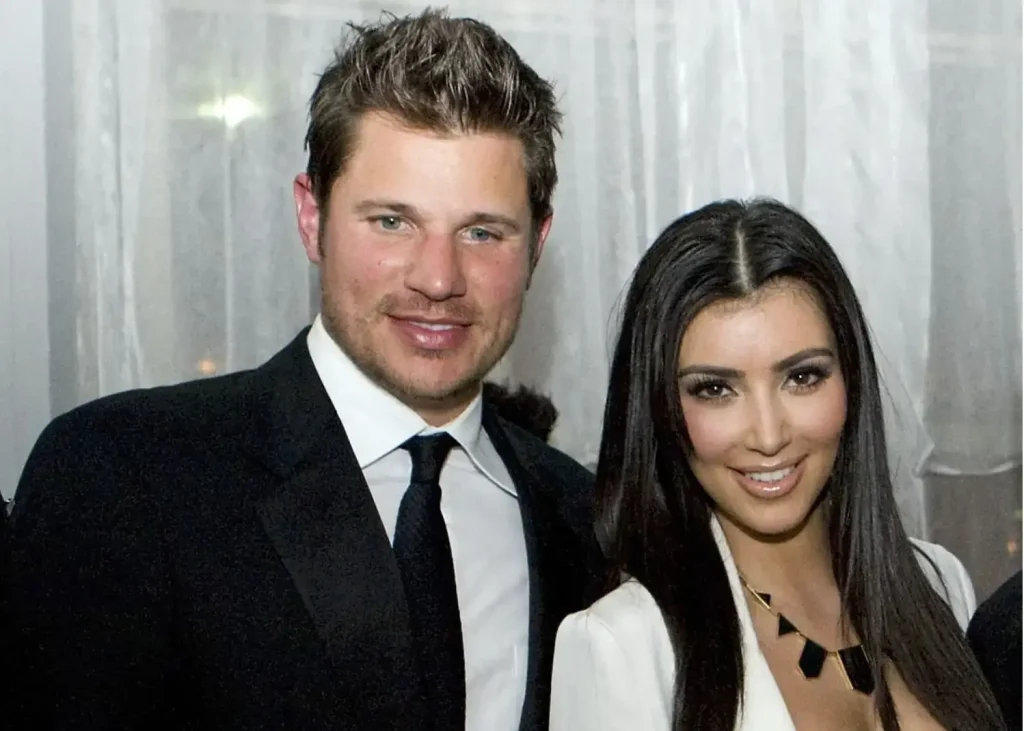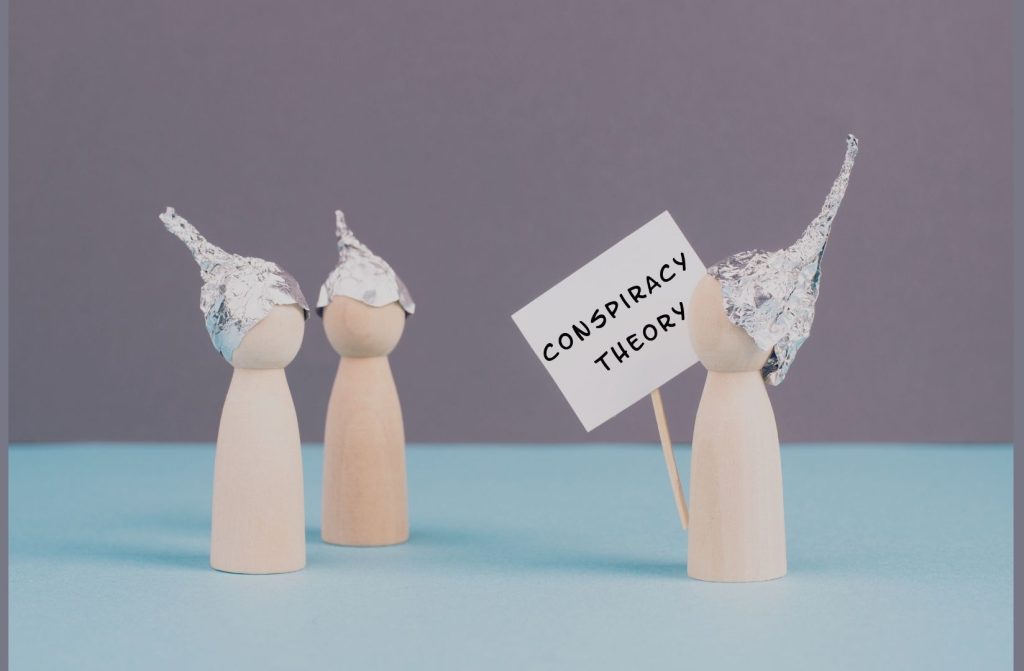You can be free as long as it looks good on you, sounds cute in a bio, and doesn’t make anyone too uncomfortable. Sex positivity was supposed to be a rebellion, one that gave us freedom, not performance.
A Brief History of Sex Positivity
Sex positivity, as a cultural and political movement, emerged out of multiple intersections: the sexual revolution of the 1960s, second-wave feminism, LGBTQ+ liberation, and the ongoing fight against shame-based sex education and moral policing. Scholars like Gayle Rubin warned of a “charmed circle” – behaviors society deems good (vanilla, heterosexual, monogamous, married), and everything else was relegated to the margins.
Audre Lorde reframed the erotic as power, not just pleasure. bell hooks called for a feminist love ethic that honored truth over performance. Foucault reminded us: sexuality isn’t just repressed, it’s administered, measured, and controlled.
At its core, sex positivity was never just about being sex-friendly, it was about being anti-shame.
So what happened?
Sex Positivity – From Rebellion to Branding
In the age of dating apps, curated bios, and platform-friendly identity politics, sex positivity has become something else:
- A swipeable feature.
- A vibe.
- A list of acceptable turn-ons, but only the polished ones.
We’re told to own our desires, but often only within an algorithmically sanctioned range.
In liberal cultures, that means being “cool with everything” but never too intense. In conservative cultures, it means being silent until married, and then, still, only whispering your wants.
This isn’t liberation. It’s geo-fenced morality, served with a consent disclaimer and a calming pastel interface.

What We’re Allowed to Want
Turn-ons have become a kind of desire taxonomy, shaped as much by UX designers as by our own longing. On paper, the options seem expansive. From hookup apps to curated kink checklists, we’re invited to “express ourselves” through clickable menus like:
- Kink: BDSM, voyeurism, dirty talk, feet, restraints, latex
- Sensual: massage, kissing, silk, scent, candlelight, dancing
- Emotional: therapy talk, mutual curiosity, storytelling, listening
- Quirky: horror movies, tattoos, feminism, matching lingerie, chocolate
(We took a sample from one sex positivity platform in Europe, known for its anonymity and turn-on taxonomy. The preferences may seem expansive)
But even these preferences are cultural artifacts.
What we feel safe naming or even wanting, depends on class, gender, race, geography, and who’s watching. A woman in Berlin might list “being watched.” A woman in Jakarta might hesitate to admit she wants “intelligence,” let alone rope.
What Gets Rewarded, What Gets Erased
Some turn-ons are rewarded. Others are deleted. Some are filtered out before you even see them, depending on your IP address.
Even the softest wants, like “connection” or “slowness”, can feel like too much. Especially for women. Especially when you’re not saying it with the right tone, in the right country, or on the right app.
Some people learn to say what they want. Others learn to want what they’re allowed to say.
And the rest are scrolling, soften, and saving it for later. Desire doesn’t disappear, it just finds quieter ways to live.
Sex positivity cannot be separated from class, race, gender, geography, or the architecture of the internet. These forces shape not only what we desire, but how safely we’re allowed to name it
The Global South Still Gets Filtered
While Western platforms preach sexual empowerment, some of their delivery systems still sanitize and localize especially when it crosses the equator (We took a sample from one sex positivity platform in Europe)
- “Dirty talk”? Often not an option.
- “Feet” or “latex”? Disappears based on IP address.
- Random chat features? Suddenly limited to men/women from one region.
Geo-proximity makes sense for meeting nearby. But when desire itself is region-locked, what’s being optimized isn’t intimac, it’s control.
Apps may brand themselves as “no shame zones,” but they still decide what’s visible, and what gets filtered, even in anonymous setting. This isn’t freedom. It’s compliance with a global UX dress code.
They promote positivity, but keep the Global South… south.

When Theory Meets Bedtime
Sex positivity isn’t just something you believe. It’s something you live in the quiet, the compromise, and the conversations no one posts. And in that intimacy, every ideal collides with its cultural context.
In open and polyamorous relationships, especially in liberal or Western settings, sex positivity often shows up as a badge of evolution. Transparency, fluidity, negotiated desire. But even here, there’s performance. People expect you to be emotionally literate, jealousy-resilient, Google Calendar fluent. Especially for women, the message is: explore, but don’t need too much. Want, but don’t interrupt. The moment you stop being chill, they call you traditional. Or worse, possessive.
In conservative couples, sex often moves in whispers. It’s sacred. Private. Scripted. Sometimes cherished. Sometimes endured. Asking for more more presence, more pleasure, more softness can feel like stepping out of bounds. Desire still carries risk. Especially for women.
Some of these conservative structures include polygamy, a relationship model common in many religious and cultural traditions, especially across the Global South. But while it sits under the umbrella of conservatism, it functions differently than monogamy. In most cases, polygamy means one man, multiple wives. His choice. Their adjustment. It’s rarely mutual. And while some women within polygamous families find safety or community, the power dynamics are rarely equal.
Many assume consent instead of asking for it. They manage affection like it’s protocol. In many homes, duty absorbs desire. Some call it divine, others live it as imbalance.
Sex Positivity Across Relationship Types
The contrast with polyamory is telling. In polyamorous dynamics, partners of all genders are expected to have autonomy, voice, and choices. People celebrate women with multiple lovers. In polygamy, they often treat a woman with agency as disruptive. What’s seen as progressive in one context is seen as transgressive in another.
And then there are interracial and intercultural couples, where sex positivity becomes a multilingual challenge. Interracial and intercultural couples live these tensions at the level of vocabulary. One partner speaks in I-statements. The other was taught that wants should be felt, not said. One navigates relationships through therapy language; the other reads gestures, not scripts. Desire becomes a translation project—fragile, incomplete, but deeply alive.
We don’t just believe in sex positivity, we negotiate it daily. A quiet literacy, a decision made at midnight or not made at all. Desire is universal, but we speak it, allow it, and survive it differently, depending on culture.
Sex positivity becomes a language. Some of us are native speakers. Others are still translating.

What the Theorists Saw Coming
This moment we’re living in of branded liberation, censored intimacy, and taste-filtered desire — didn’t come out of nowhere. The thinkers who shaped our understanding of sex, power, and culture warned us. Most of us just didn’t realize they were talking about dating apps too.
Gayle Rubin called it early: the “charmed circle” puts straight, married, monogamous, vanilla sex at the center, and pushes everything else to the margins. Today’s platforms mirror this hierarchy. Kink? Allowed, but only when it’s pretty. Fetish is okay, but only if it’s aesthetic. Rough sex is fine, if you’re the right kind of person having it.
Michel Foucault reminded us that repression isn’t the point. Power isn’t just about silencing, it’s about curating. Moderating. Filtering. Your profile doesn’t just express you. It performs what the platform is willing to show.
Judith Butler taught us that gender and sexuality aren’t static identities, they’re scripts. Scripts we learn. Scripts we’re rewarded for repeating. And in this world of sex positivity, you’re free to play the role… as long as you never forget you’re still performing.
bell hooks called it early: love without care, intimacy without justice, freedom without accountability, it’s not empowerment. It’s just marketing. Sex positivity without emotional truth isn’t radical. It’s just polite.
And Arjun Appadurai gave us the language for what happens when ideas cross borders but lose power on impact. Global tech doesn’t flatten us. It reinforces where the edges are.
Platforms map and monetize desire by postcode
No one expected us to land here, but we did. But anyone who was paying attention saw it coming.
So What’s Left?
Sex positivity started as an act of rebellion against shame, silence, and erasure.
Now, it risks becoming just another lifestyle brand: exportable, sanitized, influencer-safe.
But desire remains unruly. It still lives in shadows and voice notes and long texts never sent. It resists tidy bios and toggle menus.
If you’ve ever:
- Wanted something not on the list
- Felt ashamed for wanting too much
- Silenced by culture or softened for export
You’re not outside this movement, you’re why it had to begin.
Sex positivity is not a dress code. It’s the right to be whole, even when you’re messy, loud, or unfiltered.
And we are not here to behave.
Keep Reading: Culture, Consent & Connection
Struggling to say no without guilt?
When kindness gets you canceled and controversy gets you followers…
Caught between curiosity and self-protection in love?
What if your ex isn’t your soulmate, just a habit?
On shame, softness, and still showing up








6 Responses
Awesome https://is.gd/N1ikS2
Awesome https://is.gd/N1ikS2
Awesome https://is.gd/N1ikS2
Good https://is.gd/N1ikS2
Very good https://is.gd/N1ikS2
Awesome https://is.gd/N1ikS2